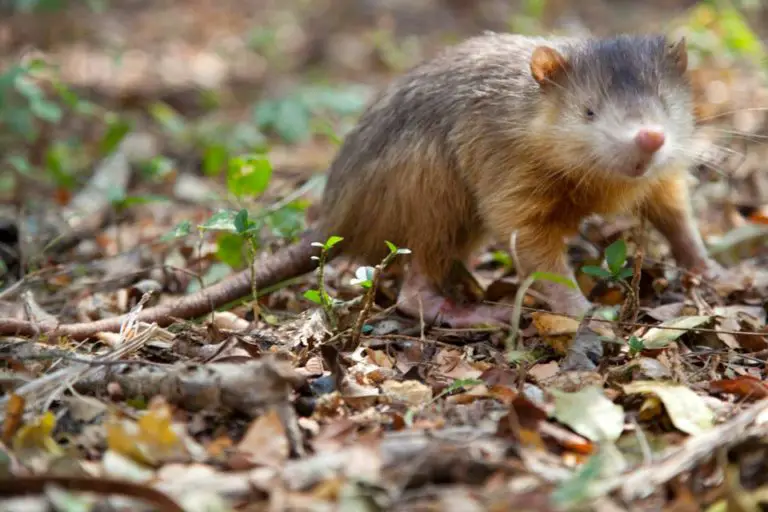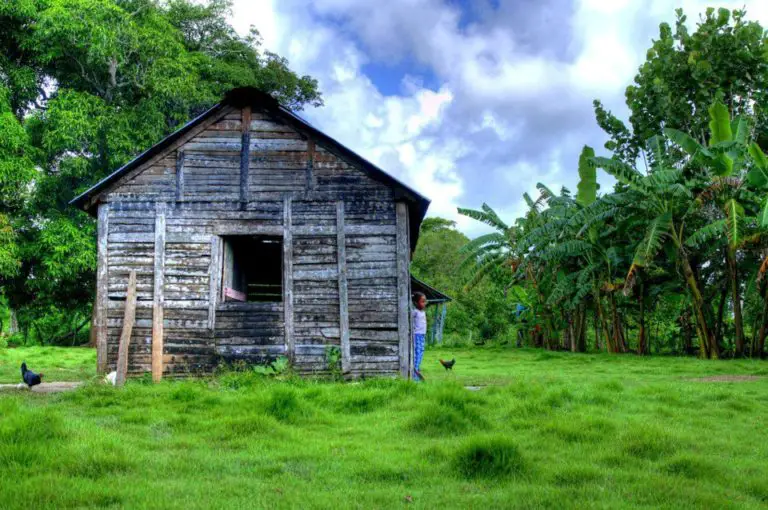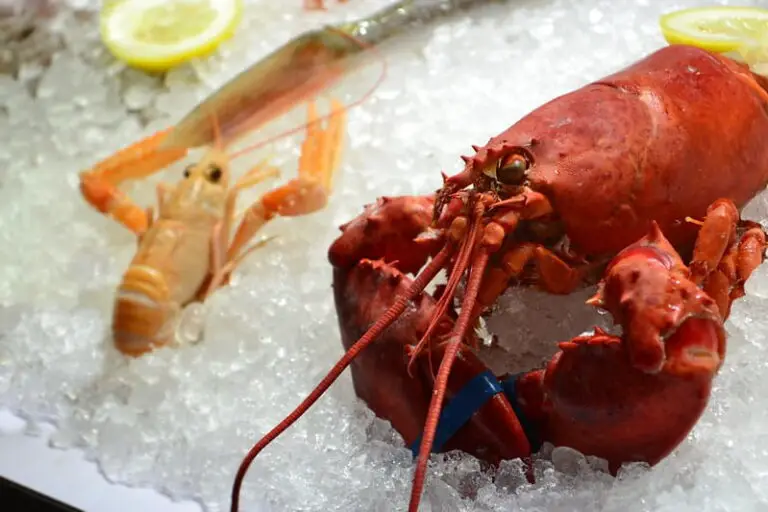Amazing Animals That Existed In The Dominican Republic

Honestly, the Dominican Republic is not as well known for having a great variety of amazing animals like other Latin American countries, although it is undoubtedly a country with a rich variety of fauna.
Anyway, on the island of the Dominican Republic there were amazing animals many years ago that unfortunately with the arrival of man became extinct.
Here I leave you some of those species that once naturally inhabited the island of Hispaniola, the old name by which the Dominican Republic was known.
Contents
Sloths (Acratocnus)
Millions of years ago there were sloths in what is now known as the Dominican Republic, traces of evidence of these land mammals have been found in Cuba, Puerto Rico and the Dominican Republic.
The Sloths came from South America and were moving to North America and Canada, leaving a large group in the islands of the Antilles and managing to develop its population, as there were no natural predators on the island.
Why did they become extinct?
The reason why they became extinct was because of the arrival of man to the Antilles. Due to their slow mobility and their large size, the sloths were an easy prey for humans who had recently arrived on the island and a source of essential food.
Giant Sloths (Megalocnus)
It is documented that this species of sloth was the largest land mammal in the West Indies. According to several studies, the megalocnus rodens comes from South America and started living on the islands of the Antilles about 30 million years ago.
The megalocnus rodens was a corpulent animal that could reach a meter and a half in length and weigh up to 200 kg, more or less the weight of an adult brown bear. However, despite its fearsome appearance, it is said that the animal was a vegetarian.
Why did they become extinct?
The giant sloth became extinct about 4200 years ago. The reasons for the extinction are not known.
It is mentioned that after the arrival of the aborigines to the island, it is possible that they fed on the giant Sloth, leading them to extinction.
Monkeys (Antillothrix bernensis)
Monkeys are animals that are spread over most of the world and are very interesting to humans because of their charm, intelligence and the similarities we share.
However, the islands of the Caribbean and specifically the Dominican Republic do not currently have any monkeys in their natural habitat, at least not at this time.
Many years ago, monkeys existed in the natural habitat of the Dominican Republic, in Punta Cana, they have been found in a cave complete skulls of fossil monkeys that lived many years ago on the island.
Why did they become extinct?
Among the theories about the extinction of species in the Dominican Republic, in the case of rodents and other mammals like monkeys, it is commented that when the Europeans arrived in La Hispaniola, the former name of the Dominican Republic, and exotic species were introduced, there was a displacement and extinction, less of the hutia and solenodon.
Currently, the only places where monkeys can be seen in the Dominican Republic are the national zoo in Santo Domingo and the Monkey land park in Punta Cana.
Monk Seals (Neomonachus tropicalis)
The Caribbean monk seal (also called Caribbean monk seal) is a species of animal extinct since 1994, when the IUCN declared it extinct.
This is a species endemic to the Caribbean coasts, from Florida to Venezuela, including of course a good number of Caribbean islands, which due to human intervention were driven to extinction at the end of the 20th century.
The Caribbean monk seal was a carnivorous animal, which fed on reefs and shallow waters.
The main foods it ate were: fish, crustaceans, and cephalopods.
Why did they become extinct?
Since the arrival of Christopher Columbus to the island of Santo Domingo, he already described these seals as “of good skin, to make coats”. With the arrival of European settlers, the Monk Seal began to be hunted and brought to the brink of extinction both for its skin and its food and fat.
Soon after, it became common to think that this seal threatened the conservation of fish stocks, so we proceeded to what we could call its extermination.
Two amazing animal survivors in the Dominican Republic

The hutia (Plagiodontia aedium) and the solonodon (Solenodon paradoxus) are the only two endemic mammals that have survived from the list of 25 species that existed on the island of Española; both are very similar to rats, which causes people to confuse and mistreat them.
Of their populations, only a few remain, and the difference between one and the other is that the first has a flat nose and a brownish-gray color, while the second has a more pronounced trunk and a yellowish color.
They are two totally different species, although they look like big mice, the hutia is smaller and has no trunk.
They are in critical condition on the Dominican Republic’s Red List, which is why there is special attention to these.
Its populations are found in the most remote places, such as Los Haitises, Jaragua, Sierra de Bahoruco and Cordillera Central National Parks.
However, they tend to appear remotely in urban sites and there is a danger that they may be mistreated.
Each species has an implication in the functioning of ecosystems and the environmental service they offer to society, hence the need to conserve and regulate them.
Both species are nocturnal, rarely appear during the day and live in small groups with their young.
The solenodon is a living fossil; extremely primitive, it feeds on insects and is considered to date back to the time of the Dinosaurs and is one of the least evolved mammals, along with hutia.
The solenodon can weigh up to three pounds and its name comes from the Greek ‘Solonodon’ which means grooved tooth, through which it secretes toxic saliva with which it paralyzes small prey like lizards, non-lethal for people.






